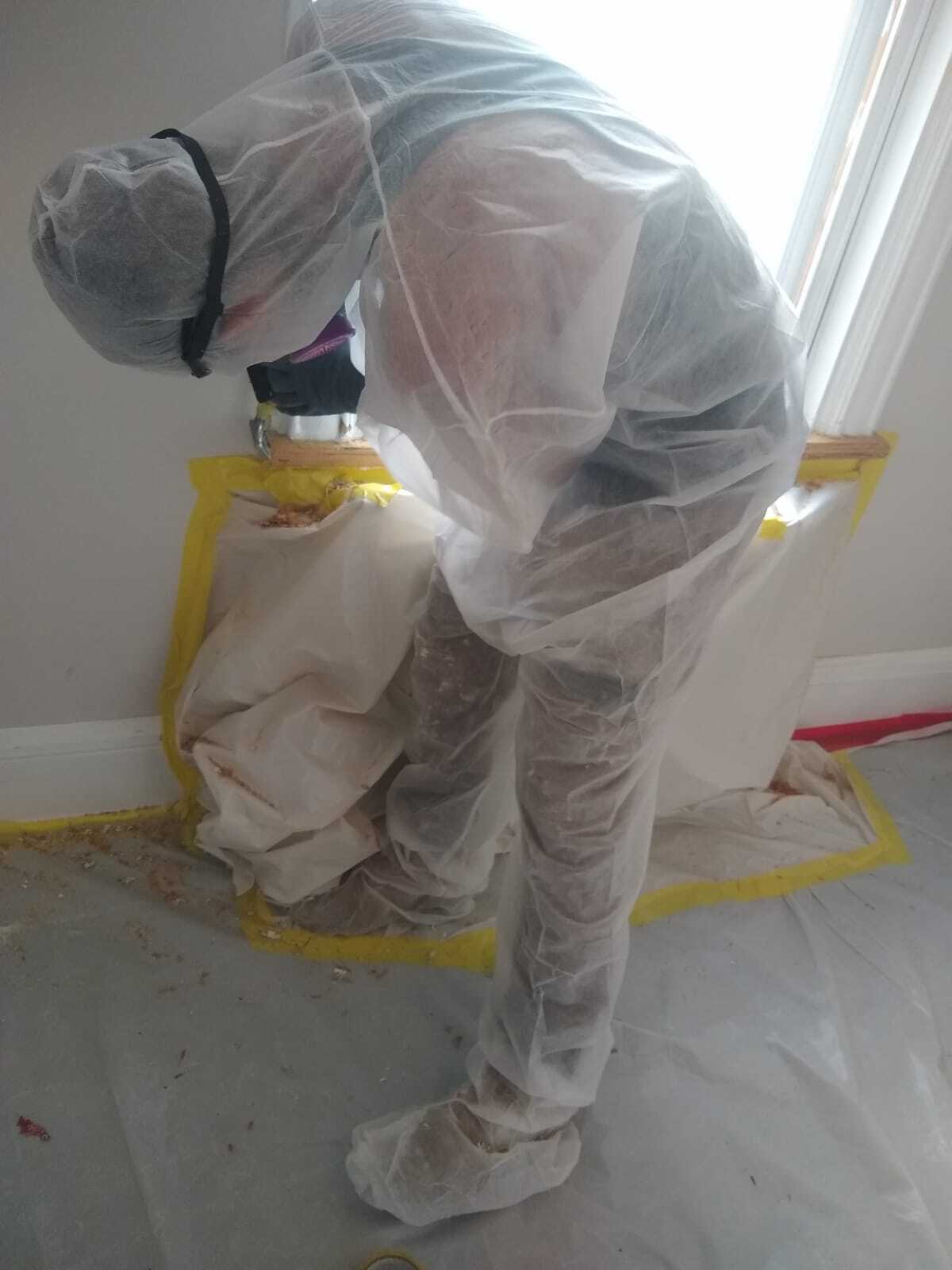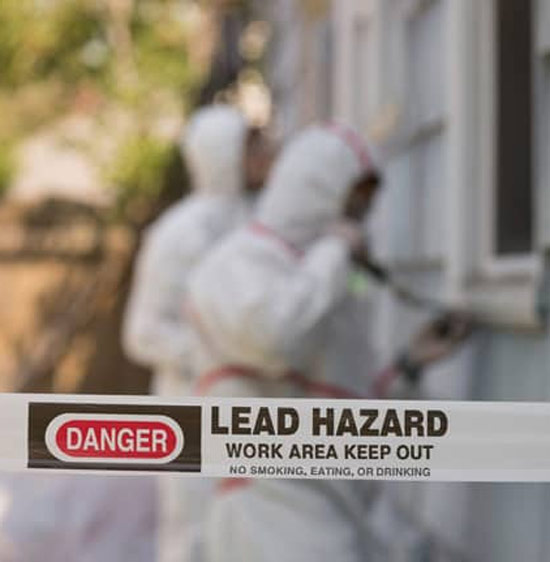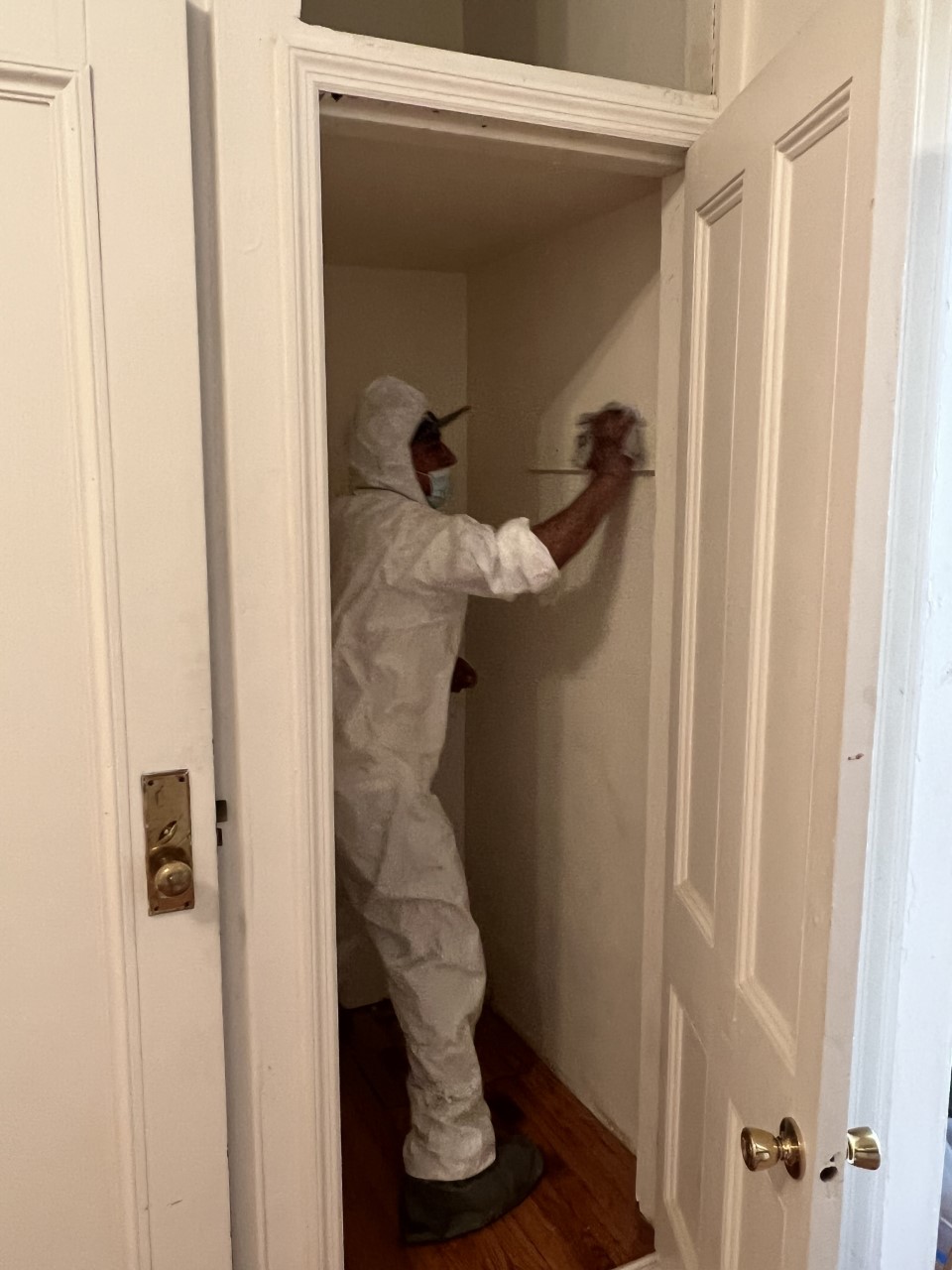NYC Lead Paint Removal Company-- Making Sure Safe and Legal Compliance
NYC Lead Paint Removal Company-- Making Sure Safe and Legal Compliance
Blog Article
Comprehensive Guide on Effective Lead Infraction Elimination Strategies
In the realm of ecological safety, dealing with lead violations demands a precise and structured approach. This extensive guide starts by highlighting the important initial actions of determining lead hazards via sophisticated assessment and screening techniques. The guide elaborates on the value of adhering to rigorous safety procedures throughout the elimination procedure, including the usage of proper PPE and separating influenced locations.
Determining Lead Threats
Determining lead risks is an essential initial action in minimizing the threats linked with lead exposure. Lead, a toxic metal, can be present in different ecological mediums, including paint, dirt, water, and dirt.
The initial phase in determining lead risks involves comprehending typical lead sources within the developed setting. Structures constructed prior to 1978 are especially vulnerable because of the prevalent use lead-based paint throughout that duration. In addition, soil contamination can occur from weakening outside paint, industrial emissions, or historical use of leaded fuel.
One more significant source is lead piping and plumbing components, which can seep introduce alcohol consumption water. Durable goods such as playthings, ceramics, and imported products might also contain unsafe lead levels. Significantly, work-related settings and pastimes including lead can track impurities into homes.
Analysis and Testing
When attending to lead threats, reliable assessment and screening are paramount. This crucial step makes sure the recognition and quantification of lead existence, therefore guiding subsequent removal efforts. Preliminary evaluation generally entails an aesthetic examination to recognize potential lead resources, such as degrading paint or infected dust. This is complemented by more rigorous screening methodologies to ascertain the level of contamination.

Dirt wipe tasting is an additional crucial technique, particularly in domestic setups. By gathering examples from floors, windowsills, and other surface areas, this method offers insights into potential exposure risks. Dirt screening around building borders is vital to detect lead contamination that might present threats, particularly to youngsters.
Safe Removal Procedures
Upon completing thorough evaluation and testing, executing risk-free elimination procedures is the next important phase in dealing with lead dangers. This process guarantees that lead-contaminated materials are properly and safely eradicated, minimizing risk to both workers and homeowners. The initial step involves isolating the damaged location utilizing plastic bed linen and correct sealing methods to stop the spread of lead dirt.
Workers must put on suitable personal protective devices (PPE), including respirators, handwear covers, and non reusable coveralls, to mitigate exposure. Utilizing specialized devices and wet methods, such as wet fining sand or using HEPA-filtered vacuum cleaners, minimizes the diffusion of lead bits. It is crucial to stay clear of completely dry sanding or rough blasting, as these methods can generate dangerous lead dust.
Waste disposal is one more vital element; all polluted products should be securely landed and labeled according to EPA and local guidelines. Furthermore, comprehensive cleansing of the workplace with HEPA vacuums and damp wiping ensures the elimination of residual lead fragments.
Post-Removal Verification

Confirmation of successful lead removal, known as post-removal verification, is necessary to make certain the safety and habitability of the remediated area. This examination ensures that all known resources of lead have been resolved and that no noticeable indicators of contamination remain.
Following the visual examination, environmental tasting is conducted. This involves gathering dirt, dirt, and in some cases water samples from the remediated location. Recognized research laboratories assess these samples to measure lead degrees, ensuring they fall listed below the safety and security thresholds developed by regulative bodies such as the Epa (EPA)
In addition, air quality screening may be done to find airborne lead bits, especially in cases where extensive lead-based paint elimination this link or improvement has actually happened. The outcomes of these examinations give measurable data verifying that the lead levels are within allowable click resources restrictions.
Inevitably, post-removal verification works as a vital checkpoint, confirming the performance of the lead reduction efforts and securing the wellness of occupants and site visitors.
Safety Nets and Upkeep

A crucial preventive procedure includes making use of lead-safe accredited service providers for any restoration, repair, or paint activities. These specialists are trained in methods that reduce lead dust and debris. Furthermore, preserving painted surface areas to avoid damaging or peeling off is necessary, as degrading paint can release lead bits into the environment.
Educational initiatives targeting homeowner and occupants regarding the threats of lead and the significance of reporting any potential hazards can better improve preventative efforts. Routine cleansing making use of HEPA vacuum cleaners and wet mopping methods can substantially lower lead dust accumulation.
Conclusion
In recap, reliable lead violation elimination demands a thorough strategy encompassing detailed evaluation, useful site accurate testing, and stringent elimination treatments. Ongoing inspections and maintenance are crucial to minimize future lead risks, thus protecting public health and ensuring sustained compliance with regulatory needs.
Report this page